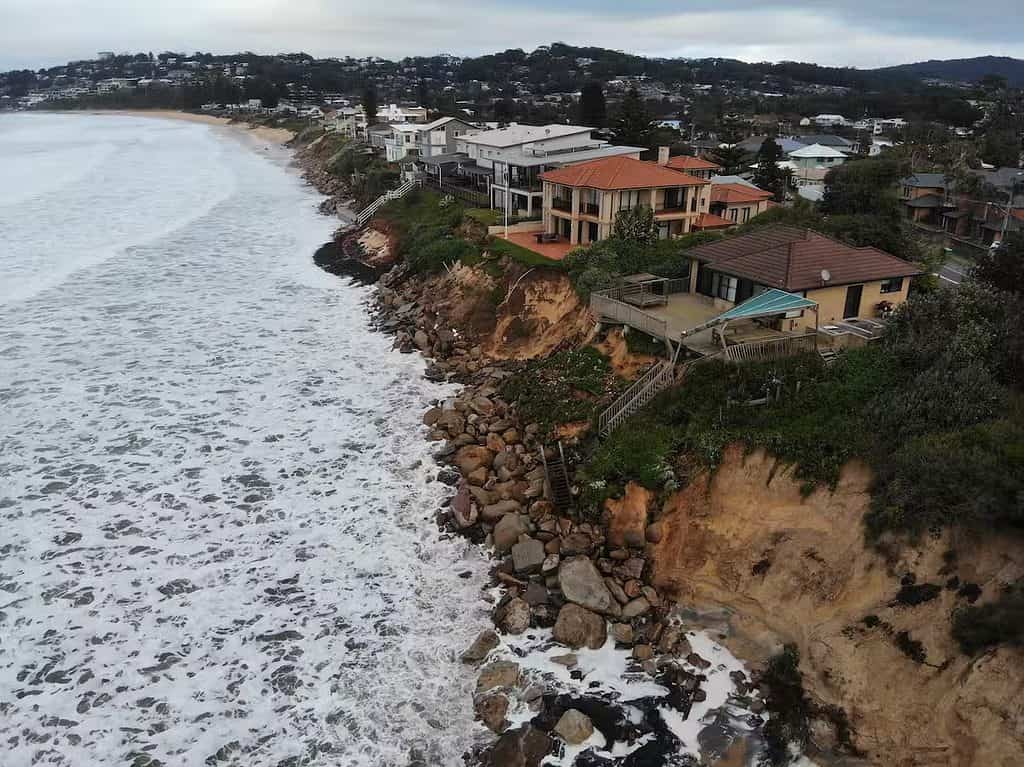They might look static, but beaches are actually among the most dynamic regions on Earth. Wind and water constantly stir and move the ground, and sometimes, extreme events can have extreme consequences.
Storms can take out lots of sand and move it elsewhere, and winds and waves stir and push the sand around constantly. But there’s also another and less known element that also affects beaches – the El Niño Southern-Oscillation (ENSO) climate cycle. According to a new study, this cycle could have more impact than previously anticipated.

Researchers at the University of New South Wales (UNSW) analyzed satellite images to observe how beaches in the Pacific Ocean respond to different phases of ENSO, a natural climate phenomenon that causes changes in sea surge temperature. The warming phase is known as El Niño, while the cooling phase is known as La Niña.
“Scientists have known beaches respond to ENSO cycles for decades, but we’ve only been able to paint a small picture of this from a few sporadic beach monitoring sites,” Mitchell Harley, study author, said in a statement. “We were able to take a different angle to complete the bigger picture of how climate cycles impact Pacific coasts.”
Climate cycles and beaches
While most of the monitoring of coastal change has long been done with on-ground techniques such as GPS or drones, researchers have more recently incorporated the use of satellites. For their study, Harley and his team now came up with a new tool called CoastSat, which maps the position of the shoreline on available satellite images.
Using CoastSat, they processed 38 years of satellite photos to find changes in beach width during El Niño and La Niña periods in Japan, Mexico, Peru, Chile, New Zealand, and southeast Australia – over 8000 kilometers of sandy coastline. They found beaches in Australia eroded during long La Niña periods and recovered during El Niño years.
The reverse was true across the Pacific, where beaches narrow during El Niño and widen during La Niña. This is due to storms and sea levels, the team said. During El Niño, storms develop in the northern Pacific, sending big waves onto the coasts of California and Mexico. This and a higher sea level plunders sandy beaches, they said.
Understanding the impact of ENSO cycles on the coasts of the Pacific could help coastal managers and residents anticipate coastal erosion risks and prepare with protection measures such as beach nourishment. Sandy coasts can fully disappear overnight and take years to come back, Killian Vos, lead author of the study, said in a statement.
“It’s essential we continue to monitor them through studies like this which help inform how we can manage our beaches, which provide a buffer between ocean waves and the high-value infrastructure around them,” Vos said. “If you’re a tourist looking to spend a holiday on the beach, it might be worth looking at the ENSO forecast.”
The researchers also manage the CoastSnap citizen science project, which allows individuals to share shoreline photos to get better insights on changes in beaches. Up next, the researchers would like to keep analyzing the data to find how beaches respond to waves, sea levels, and climate change as close to real-time as possible, they said.
The study was published in the journal Nature Geoscience.









